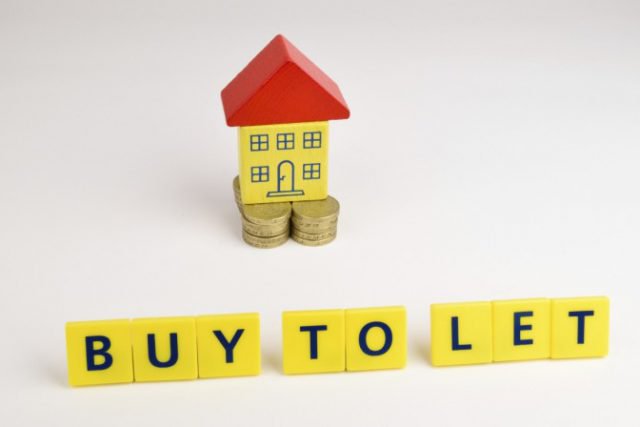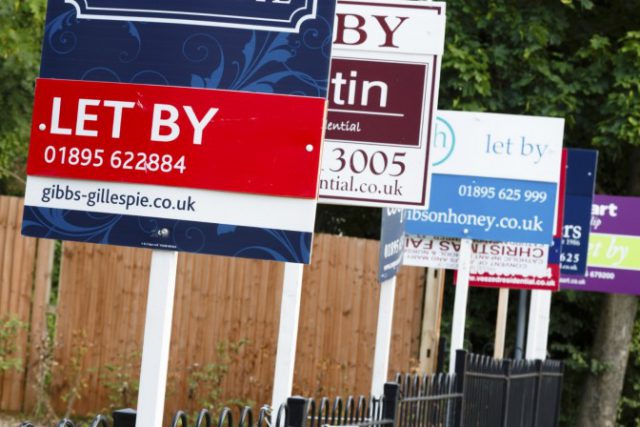Year-on-year rental price growth slows
The latest HomeLet Rental Index indicates that annual rental price growth slowed to 3% during October-the lowest rise seen so far this year.
Now, the typical UK rent stands at £902 per month. Despite being higher than October’s 2015 average of £875, this is £8 lower than September’s figures.
Falls
Rental price inflation has slipped from a high-point of 4.5% in March 2016, with the rate of increase dropping in each of the last four months.
These falls are a reflection of modest decreases in rent in a number of regions in the country, which could indicate that the market is nearing an affordability ceiling.
Slows in the pace of rental price inflation are most obvious in the regions of the country where rents had previously risen quickest.
In Greater London, rents on new tenancies increased by 2.5% during the year to October, having previously increased at more than 7% one year ago. In the South East, rents increased by 2.7% year-on-year to October, down from 4.3% at the same period in 2015.
Regions of the country where annual rental price inflation is at its highest also saw rents fall in the last month. In the West Midlands, where rents were 5.1% greater than in October and the North West, where rents were 4.4%, both saw falls in comparison to September.
Despite the slowdown in growth, investors should look to take out rent guarantee insurance, to protect themselves against arrears.
The table below indicates how rents have changed by month and by year:
| Region | Average rent in October 2016 | Average rent in September 2016 | Average rent in October 2015 | Monthly variation | Annual variation |
| West Midlands | £663 | £665 | £631 | -0.3% | 5.1% |
| North West | £676 | £683 | £648 | -0.1% | 4.4% |
| Wales | £609 | £609 | £586 | 0.1% | 3.9% |
| East of England | £904 | £904 | £871 | 0.0% | 3.7% |
| Northern Ireland | £592 | £594 | £573 | -0.4% | 3.3% |
| East Midlands | £601 | £602 | £583 | -0.2% | 3.1% |
| South East | £999 | £1020 | £973 | -2.1% | 2.7% |
| Greater London | £1542 | £1555 | £1504 | -0.9% | 2.5% |
| Yorkshire & Humberside | £619 | £621 | £605 | -0.3% | 2.3% |
| South West | £787 | £799 | £772 | 1.5% | 1.9% |
| North East | £525 | £530 | £519 | -0.9% | 1.3% |
| Scotland | £606 | £610 | £608 | -0.8% | -0.4% |
| UK | £902 | £910 | £875 | -0.9% | 3.0% |
| Notes: | Based on new tenancies in October 2016 | Based on new tenancies in September 2016 | Based on new tenancies in October 2015 | Comparison of average rent in October 2016 and September 2016 | Comparison of average rent in October 2016 and October 2015 |

Year-on-year rental price growth slows
Finding a balance
Martin Totty, chief executive of Barbon Insurance Group, parent company of HomeLet, observed: ‘Landlords are aware of the need to find a balance between what tenants can afford and the returns they require on their investment. While many landlords are facing higher costs themselves, including the impact of higher stamp duty on their property purchases since April, our data suggests that they have so far been cautious against a more uncertain economic environment.’[1]
‘We know wage growth has lagged rental price inflation and it could be that we are approaching an affordability ceiling whereby landlords can’t attract tenants able to afford higher rents,’ he added.[1]
[1] https://www.landlordtoday.co.uk/breaking-news/2016/11/annual-rental-price-growth-continues-to-slow




